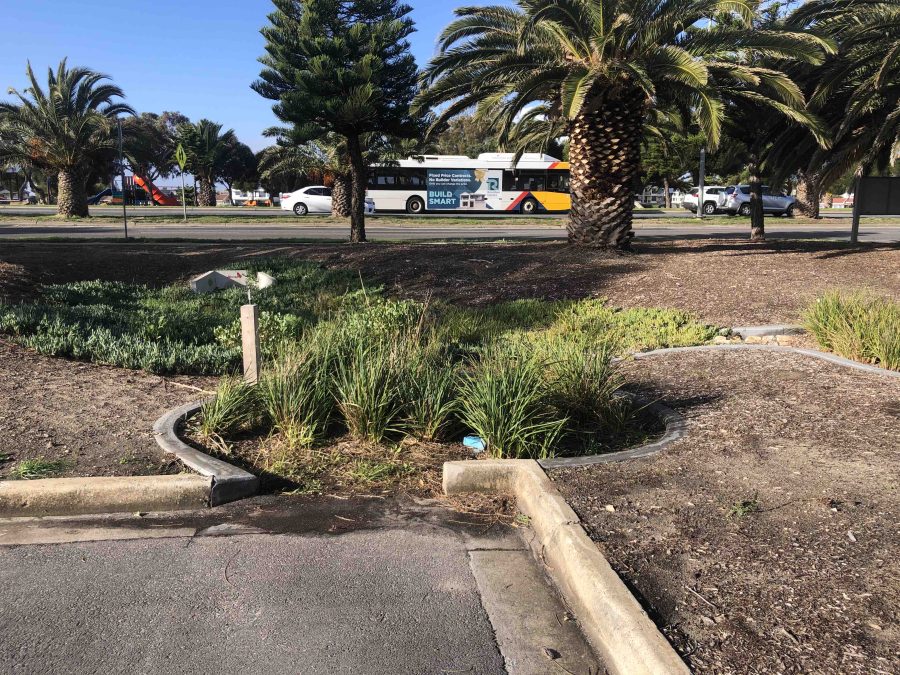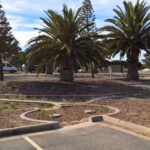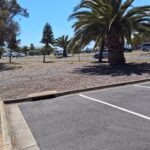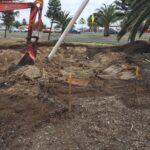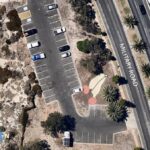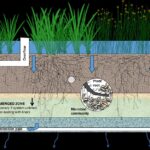Project planning & design
The Wara Wayingga-Tennyson Dunes raingarden was originally planned to be built as part of an integrated redevelopment of the Tennyson Dunes carparking area, including interpretative trails and signage. However, at this stage just the raingarden has been completed. The raingarden takes stormwater from the carpark and treats it before the stormwater enters the Military Road stormwater drainage system.
This project was accomplished through a collaboration between the City of Charles Sturt, the Tennyson Dunes Group, and the Kaurna people of the Adelaide region. The Wara Wayingga-Tennyson Dunes are of particular cultural significance to the Kaurna as they are the only remaining example of the coastal dunes system that once lined and protected the Adelaide metropolitan coastline.
The Tennyson Dunes Group, a community organisation that strives to preserve the dune system, felt the need to include culturally important information as part of their community education program, which also includes designing interpretive signs and conducting tours and presentations. Workshops were held with the Kaurna people with the broader focus of education and interpretation about the dunes as well as constructing the raingarden. The focus of the City of Charles Sturt has been on the raingarden construction in the northern carpark adjacent to Tennyson Dunes.
The aim of the raingarden project is to improve the quality of stormwater of the carpark before it enters the drainage system of Military Road and to inform people about the role of the raingarden.
WSUD features & design criteria
Previously, stormwater at the site had progressed untreated to Military Road via the kerb and gutter system draining to a conventional underground stormwater pipe system and associated side entry pit (SEP) in the carpark. In the new design, road runoff from the carpark is directed to the Kaurna-inspired raingarden, designed and sized to cater to the contributing sub-catchment.
The raingarden contains filter layers of sand and gravel planted with sedges and rushes that are effective at removing pollutants, in particular nitrogen, from the stormwater.
As per a typical raingarden construction, outlets have been designed to provide between 100mm and 200mm extended detention. The raingardens typically include three inspection and flushing pipes. Treated stormwater collected by the raingarden underdrains (100mm slotted PVC pipe), overflows to a new dedicated ‘collector’ drain that distributes this filtered water to the stormwater drainage of Military Road. Any subsequent overflow discharges to the existing downstream drainage system to Military Road and then into West Lakes.
Two raingardens with a total treatment area of 55 m2 (3% of impervious contributing to catchment) were constructed. Unlined and existing sand used as filter media, with a tTotal impervious area of contributing catchment of 1600 m2.
BackContact us to provide any new information or images for existing WSUD projects.
Update WSUD project
